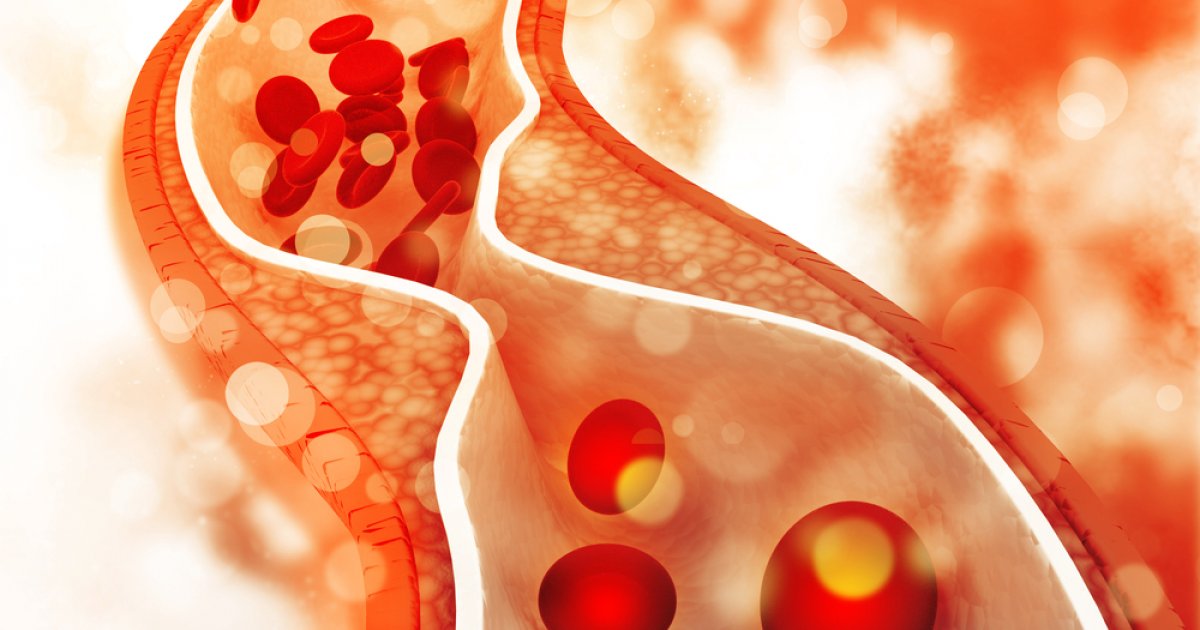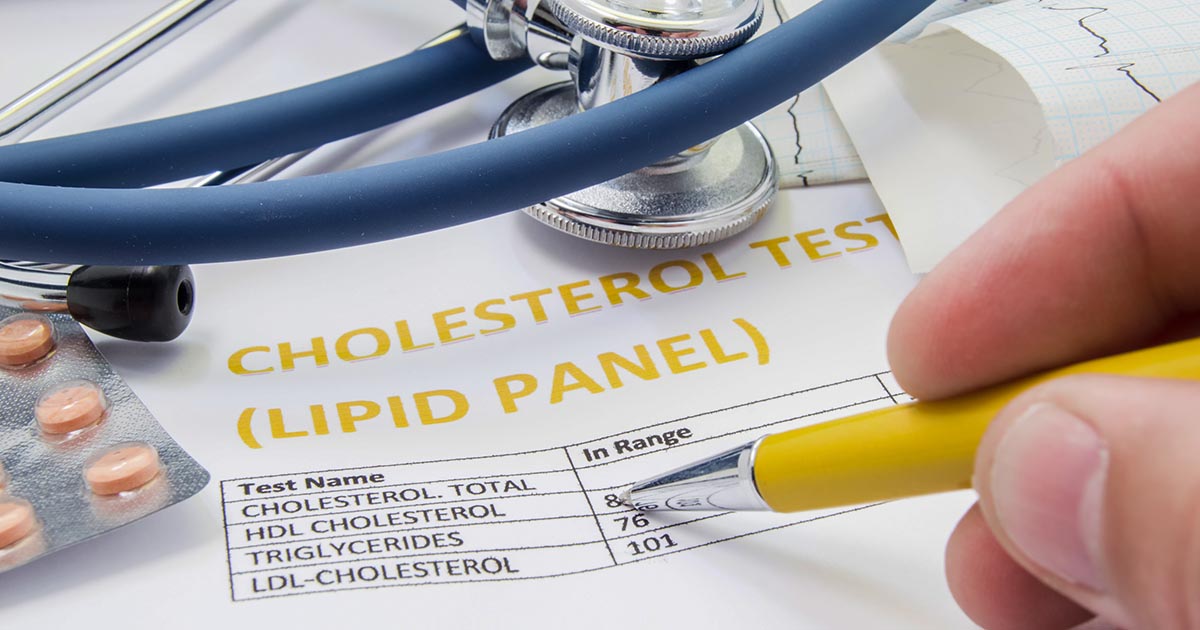Guide To The Different Types Of Cholesterol
Cholesterol, a soft, wax-like substance, is found in every cell in the body, and it plays a role in the construction of cell membranes. The liver manufactures sufficient cholesterol for the body's needs, and some foods contain cholesterol too. Lipoproteins are the vehicles that transport cholesterol around the body. These proteins form a protective casing for the cholesterol so it will not separate from the blood. While some cholesterol is necessary, excessive amounts are associated with an increased risk for cardiovascular disease and strokes. For this reason, patients who are twenty years old and older are advised to have a blood test to measure their cholesterol at least once every four to six years. Ideally, total cholesterol readings should be below 200mg/dL, and some health organizations recommend that total cholesterol be no higher than 185mg/dL. Total cholesterol measurements above 240mg/dL are considered high.
Low-Density Lipoprotein Cholesterol

Low-density lipoprotein cholesterol, colloquially referred to as 'bad' cholesterol, makes up the majority of the body's total cholesterol. This form of cholesterol is responsible for the transportation of cholesterol from the liver to other tissues in the body. After all of the body's tissues have received the amount of cholesterol they need to function properly, any leftover low-density lipoproteins are released into the bloodstream. These can accumulate along the walls of blood vessels, leading to narrowing and hardening of the arteries. Over time, hardened and narrowed arteries increase the risk of heart attack and stroke. In fact, having high levels of low-density lipoprotein cholesterol is considered a major risk factor for cardiovascular issues, and doctors look at this measurement very closely when performing cholesterol testing. Currently, guidelines suggest that low-density lipoprotein readings below 100mg/dL are optimal, and readings between 130mg/dL and 159mg/dL are categorized as borderline high. Measurements of 160mg/dL to 189mg/dL are classified as high, and those above 189mg/dL are considered very high. Since it can be especially difficult to lower low-density lipoprotein, patients with elevated readings may need to take medication to reduce their readings.
High-Density Lipoprotein Cholesterol

High-density lipoprotein cholesterol, also known as 'good' cholesterol, helps the body rid itself of other types of cholesterol. Specifically, high-density lipoproteins absorb low-density lipoprotein cholesterol and transport it back to the liver. The higher a patient's level of high-density lipoprotein is, the more low-density lipoprotein their body can remove. Studies show each one mg/dL increase in high-density lipoprotein is associated with a three to four percent reduction in a patient's risk of having a heart attack. Conversely, having levels of high-density lipoprotein that are too low could increase an individual's risk of a heart attack, and female patients seem to be more sensitive to this. For this reason, scientists consider normal levels of high-density lipoprotein to be at least 50mg/dL for women and 40mg/dL for men. Regular exercise can boost an individual's levels of high-density lipoprotein, and many patients who participate in regular physical activity have been able to attain high-density lipoprotein levels of at least 60mg/dL. This level is thought to provide extra protection against cardiovascular disease.
